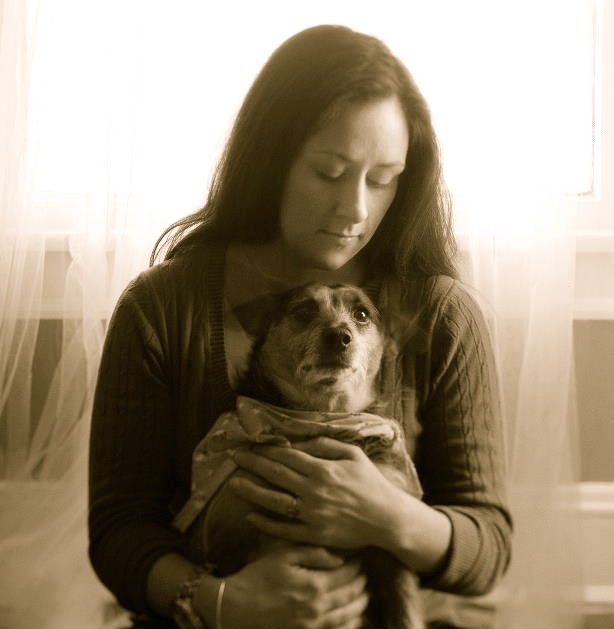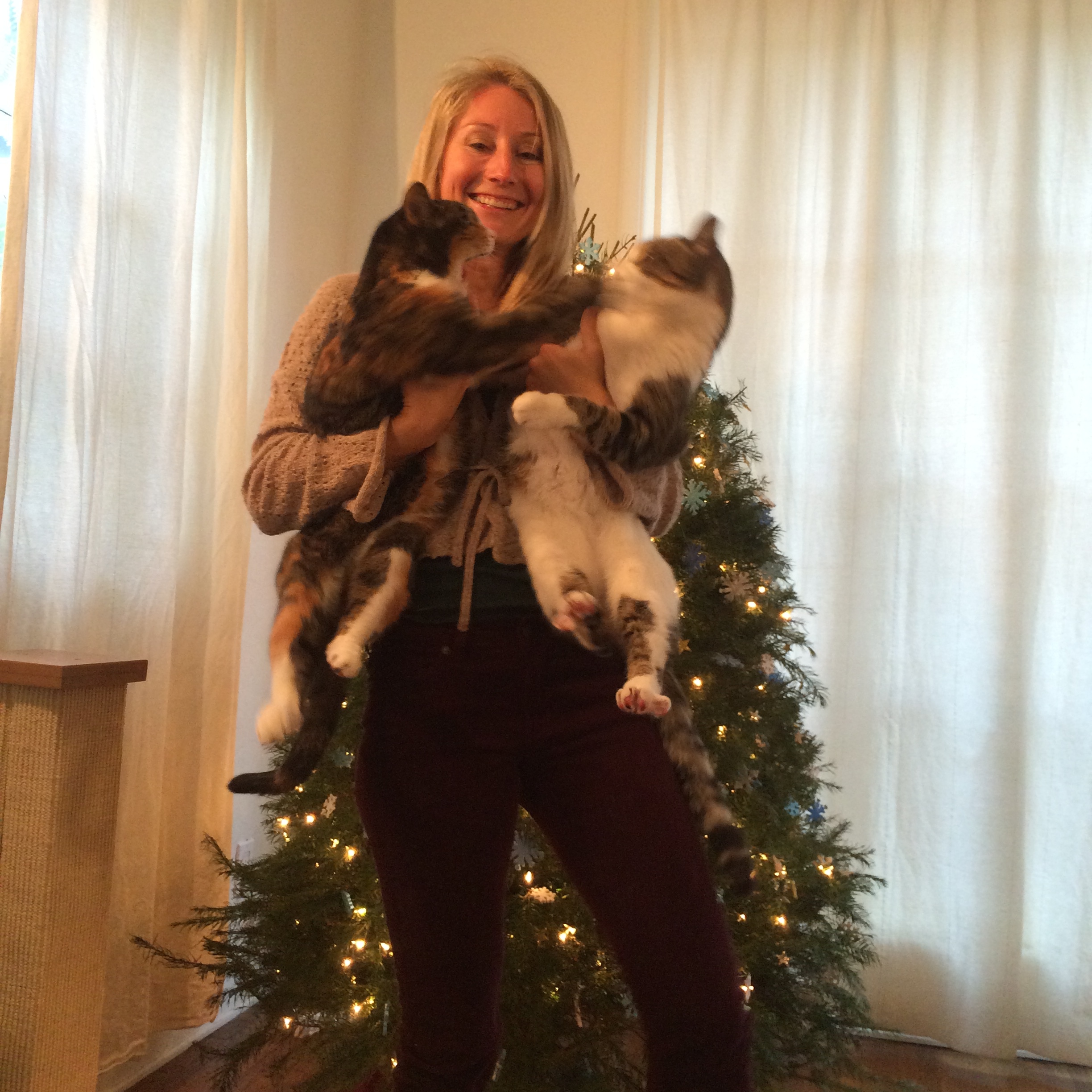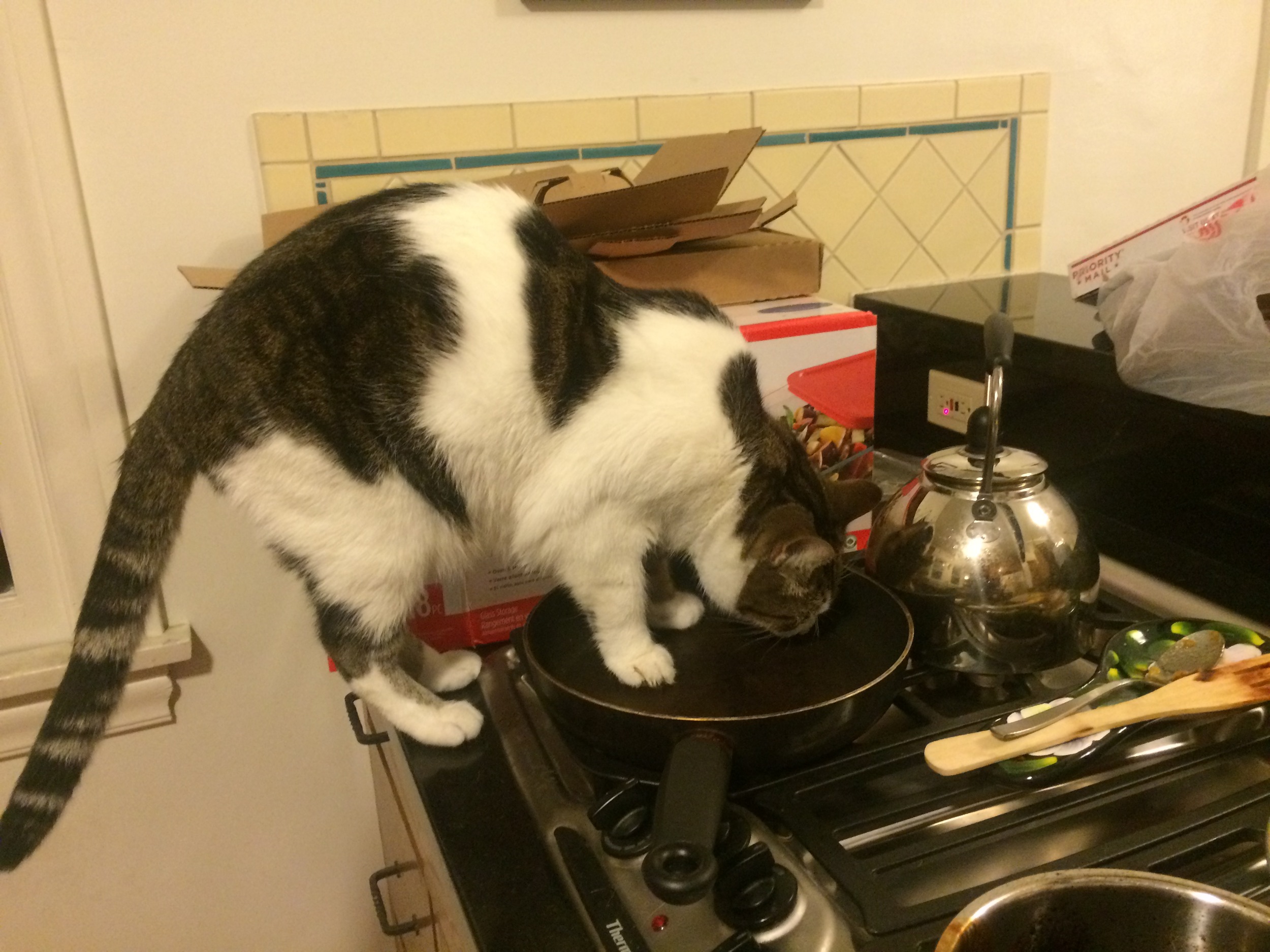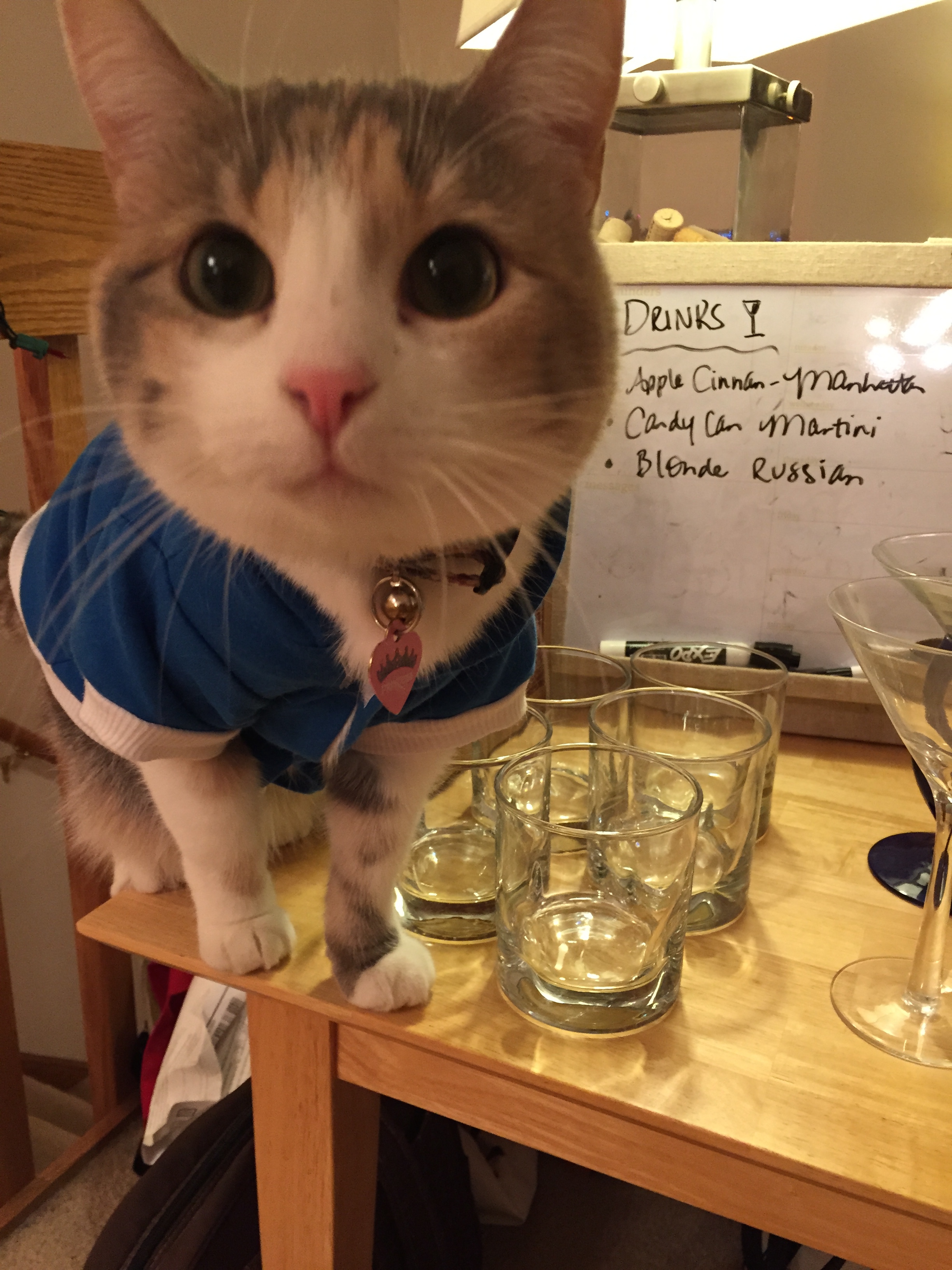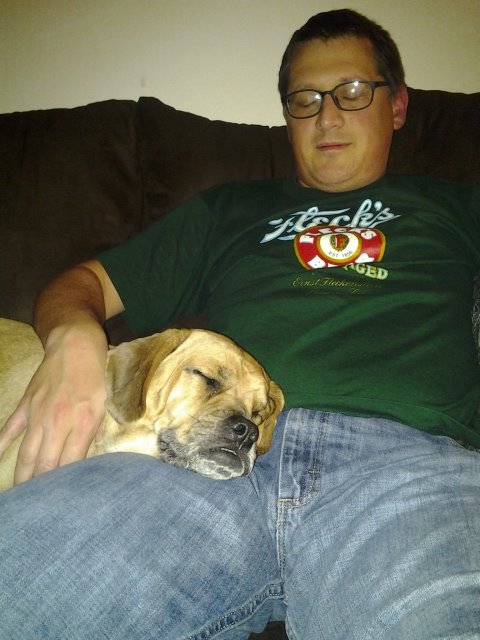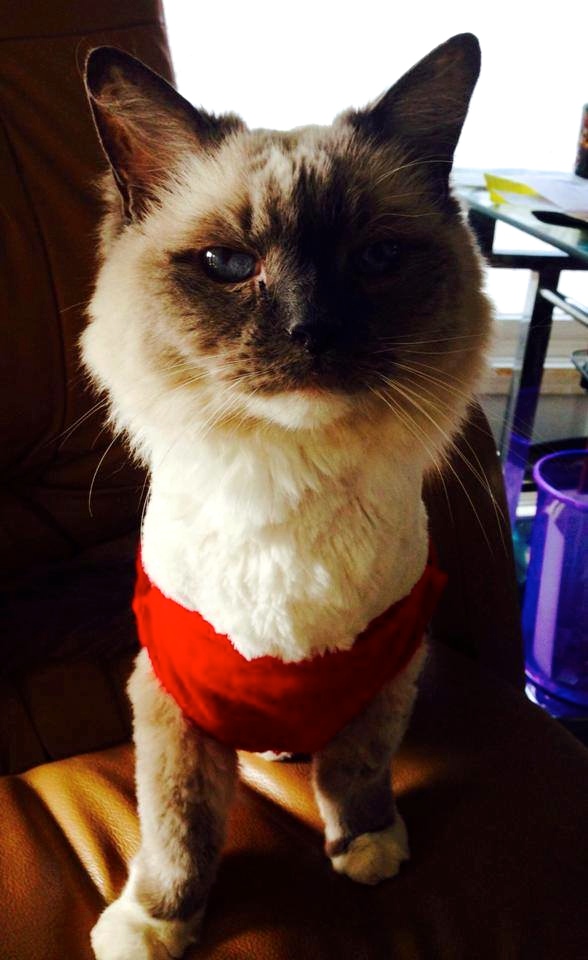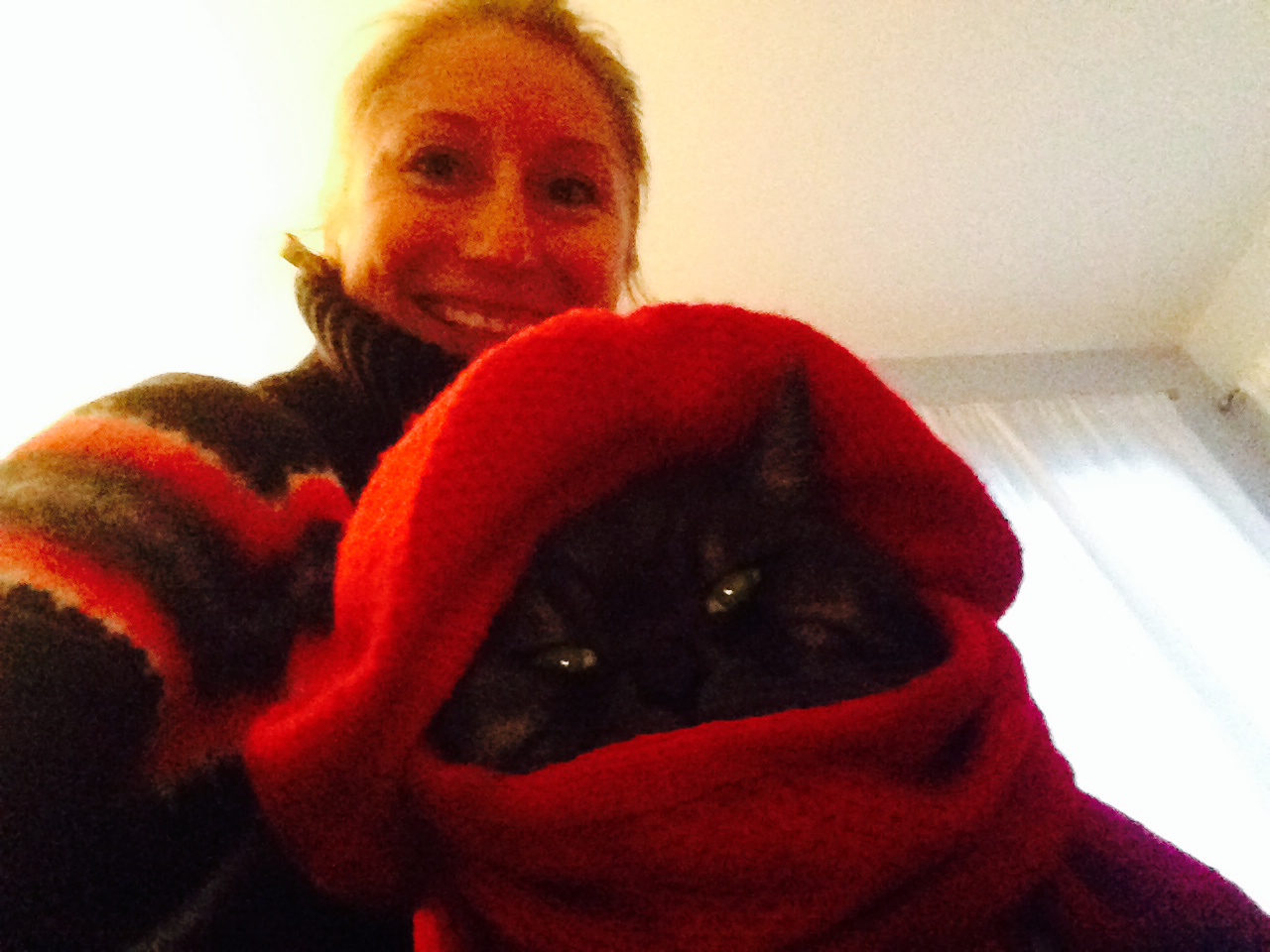Many families ask me if their other pets should be present for the process of euthanasia. As a housecall veterinarian, I have experienced first hand how compassionate euthanasia can be (euthanasia means “good death”) for the pet that is ailing, but also how intimate time is for the family and companion pets.
In most situations, companion pets should be allowed to be present during the process of euthanasia. Furthermore, companion pets should ALWAYS be allowed to be present AFTER the ailing pet has passed on.
I often tell families that companion pets’ grieve uniquely, like people do. Some companion pets want to be present, some don’t. Some companion pets want to come and go throughout the process- this is ok too. Some companion pets will need more TLC after the other pet has passed. What is important is that you give them the freedom to be there (if appropriate) and that you understand that they will grieve too. It really does help give them closure, just like it does for us!
I have heard countless stories from families on having the companion pets present has been a positive experience and how conversely, not allowing them to be present can result in unsettling behavioral changes. One family described how their bonded pet looked for the deceased pet for literally 5 years. “Dill” and “Pickles” were a sibling pair of cats, adopted as kittens from the shelter. When “Pickles” became too ill to bear, the family took him to the vet clinic, without his brother “Dill”, the family witnessed “Dill” calling for “Pickles” every day “on a daily basis he would walk the home, meowing at the top of his lungs, it was awful”. Not only were they grieving, but so was the companion pet, “Dill”, and unfortunately he did not have the closure of knowing what happened to “Pickles”. This situation is not uncommon when other pets are not able to be present during the process.
What are some reasons not to have companion pets present? Foremost, if they don’t want to be present, don’t force them. Another reason is if he companion pet is disruptive—often times, I see this with a younger pet, that really just wants to play or have all your attention, or mine as the new person in the home. In these instances, the other pet should be left in another room until the euthanasia process is over, then let them have some time to smell and be with the deceased pet.
The other element to remember is that the companion pets likely new their friend was ill, perhaps even before you or your family may have know. I’m always amazed at how keenly aware pets are- in tune with our emotions and needs. Pets often hide signs of pain or illness and display subtle behavior changes (which may go unnoticed by us humans for a period of time). Make no doubt that your companion pets probably knew about these changes long before we did. Many times too, they may act differently towards a pet ailing and towards the end of their life, and may even give the ailing pet more space. Do not ignore these signs.
What are your experiences? We would love hear about them. I find it so helpful to share experiences with others and encourage you to do so. Most experiences are unique and are always beneficial to others going thru the same process. You will probably be helping others who may be going through a difficult time.




























